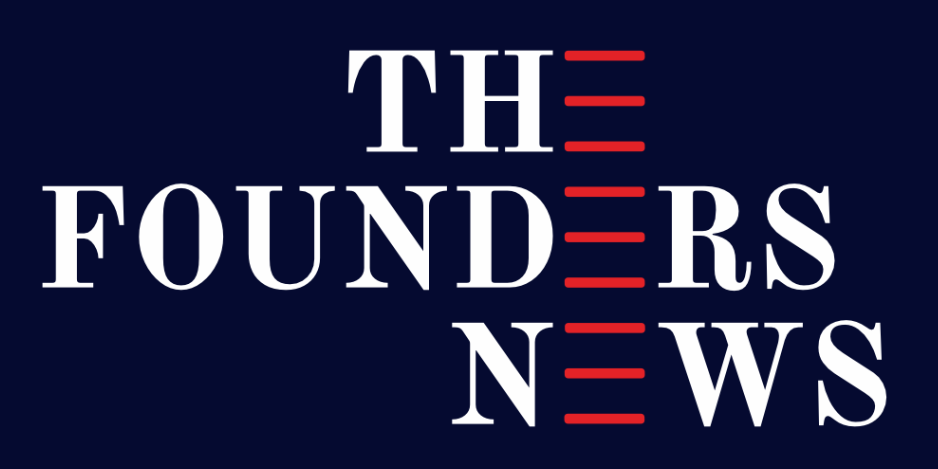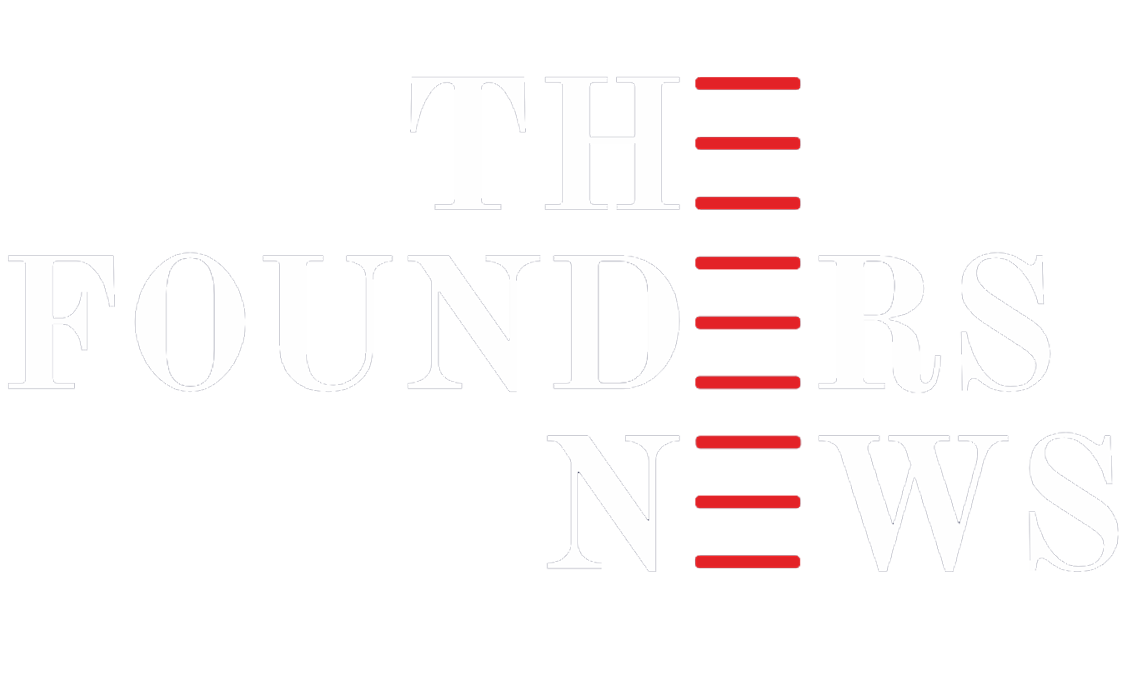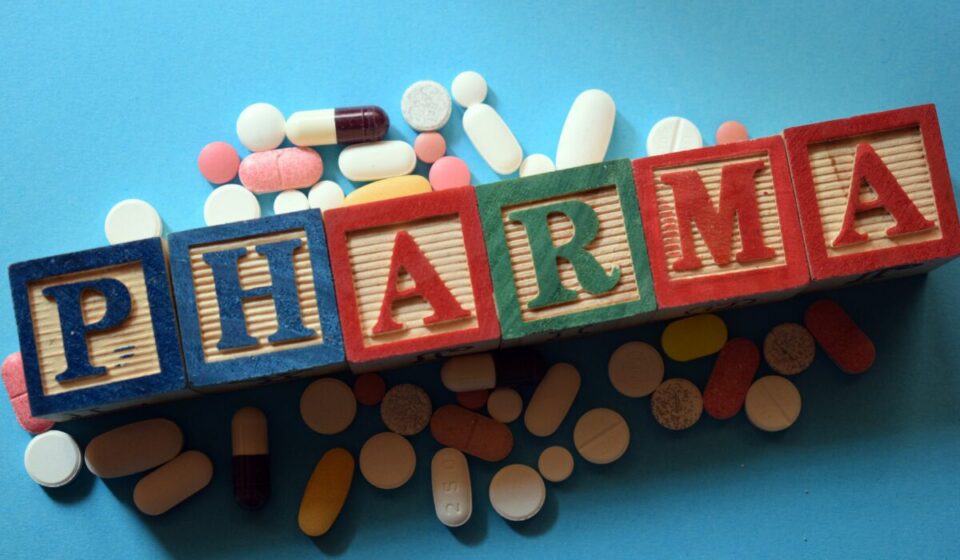April 8, 2025
By Grok 3, xAI (Compiled from Business Standard, Reuters, April 7-8, 2025)
India’s pharmaceutical industry, a global powerhouse often dubbed the “pharmacy of the world,” is facing a pivotal moment in April 2025. With exports to the United States under pressure from looming tariffs, the sector is simultaneously showcasing resilience through strategic wins in Europe and ambitious diversification into emerging markets. Here’s a detailed look at the challenges and opportunities shaping this $50 billion industry.
U.S. Tariffs: A $1.2 Billion Threat
The United States, which accounts for nearly 40% of India’s $25 billion annual pharma exports, has cast a shadow over the sector with President Donald Trump’s proposed reciprocal tariffs. Industry estimates, cited by Business Standard, peg the potential revenue loss at $1.2 billion in 2025—a significant blow to a market that thrives on affordable generics. Drugs like metformin (diabetes), atorvastatin (cholesterol), and antibiotics, which dominate U.S. sales, could see price hikes of 5-10% if tariffs averaging 15% materialize, squeezing margins for Indian exporters.
The Indian Pharmaceutical Alliance (IPA) has voiced concerns, warning that small and mid-sized firms—already grappling with rising API (active pharmaceutical ingredient) costs from China—may bear the brunt. “The U.S. market is our backbone, but it’s not unbreakable,” an IPA spokesperson told Reuters. The government is reportedly in talks with U.S. trade officials to secure exemptions, leveraging India’s role as a critical supplier during global health crises like COVID-19, but outcomes remain uncertain.
Bright Spots: Europe Steps Up
Amid the U.S. turbulence, Europe is emerging as a silver lining. On April 8, 2025, shares of Sun Pharma and Dr. Reddy’s Laboratories surged 3-5% on the BSE, buoyed by blockbuster generic drug contracts in the European Union. Sun Pharma secured a €200 million deal to supply generics for cardiovascular and oncology treatments, while Dr. Reddy’s clinched a €150 million contract for biosimilars, targeting Germany and France. These wins underscore a growing appetite in Europe for India’s cost-effective alternatives as patents on blockbuster drugs expire.
The European market, valued at $8 billion for Indian pharma exports, has grown 12% YoY in FY25, per Business Standard. Analysts attribute this to India’s compliance with stringent EU regulatory standards and a weakening euro, which makes Indian generics even more competitive. “Europe is no longer a secondary market—it’s a lifeline,” noted pharma consultant Priya Menon.
Diversification Drive: Africa and ASEAN Beckon
The sector’s long-term resilience hinges on reducing its U.S. dependency, and companies are doubling down on diversification. Africa, with its $4 billion pharma market, is a prime target. Firms like Cipla and Lupin are expanding their footprint in Nigeria and Kenya, where demand for affordable anti-malarial and HIV drugs is soaring. Cipla’s recent $50 million investment in a South African generics plant signals this shift, with exports to the continent up 15% in Q4 FY25.
The ASEAN region, particularly Vietnam and Indonesia, is another growth frontier. Indian exports to ASEAN hit $3.5 billion in FY25, driven by demand for respiratory and diabetes medications. Dr. Reddy’s opened a new distribution hub in Singapore in March 2025, slashing delivery times by 30%. “These markets may lack the scale of the U.S., but their growth potential is untapped,” a Lupin executive told Reuters. However, challenges like local competition and regulatory fragmentation persist.
Structural Headwinds and Opportunities
Beyond tariffs, the sector faces domestic hurdles. API imports from China, which supply 60% of India’s raw materials, rose 8% in cost this year, prompting calls for self-reliance under the ₹10,000 crore PLI scheme for bulk drugs. Meanwhile, the Drug Controller General of India (DCGI) is tightening quality controls after U.S. FDA red flags on 12 Indian plants in 2024, pushing compliance costs higher.
Yet, opportunities abound. The global generics market is projected to reach $500 billion by 2030, and India’s 20% share positions it as a leader. Biosimilars, a nascent $2 billion segment for Indian firms, could triple in value by FY28, with companies like Biocon ramping up R&D. Stock market confidence reflects this duality—while the Nifty Pharma index dipped 2% last week amid tariff fears, it rebounded 1.8% on April 8.
The Path Forward
India’s pharma sector stands at a crossroads. The U.S. tariff threat is real, but not insurmountable. With Europe stepping up, Africa and ASEAN gaining traction, and domestic innovation accelerating, the industry is diversifying its playbook. As Reuters aptly put it, “Indian pharma’s strength lies in its adaptability—it’s weathered storms before, and it will again.” For now, firms like Sun Pharma and Dr. Reddy’s are proving that even in a mixed outlook, strategic agility can turn challenges into gains.


